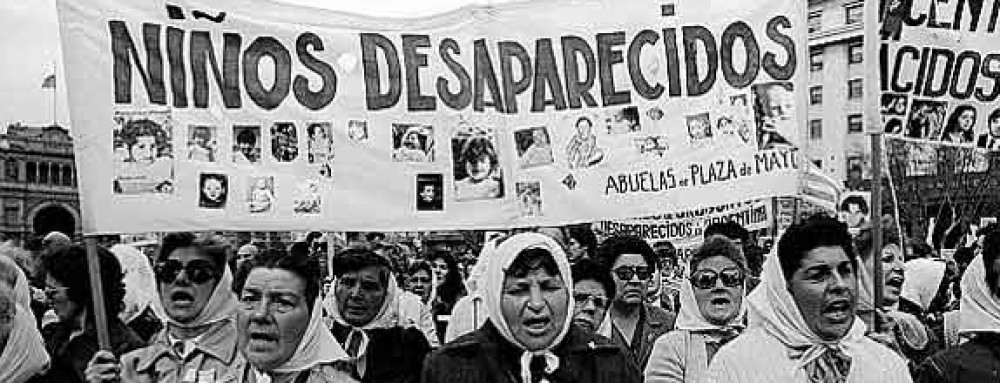Mary-Claire King was born 27th February, 1946 in the USA. She is a human geneticist and one of my biological heroes.
Mary-Claire King is known for 3 main things:
- Identifying genes linked to breast and ovarian cancer
- Showing that humans and chimpanzees are 99% genetically identical
- Human rights work, especially with the Abuelas de Plaza de Mayo
She has also done research into AIDs, worked on the Human Genome Diversity Project and raised a daughter as a single mother, amongst many, many other great achievements.
While Mary-Claire King was working at Berkeley in 1990, she discovered a single gene on chromosome 17 (later known as BRCA1), which was linked to having breast and/or ovarian cancer. Not only was this discovery in itself amazing, it also brought about a new way of looking at complex diseases such as cancer, which many scientists at the time didn't believe were related to genetics. Since then, BRCA2 and other genes have been found to be related to breast and ovarian cancers too.
 |
| The Locus of BRCA1 on Chromosome 17 |
There are now debates as to whether to bring in screening for the genes. Dr King strongly believes that screenings should be brought in, and if they are, her discovery could save millions of lives, as 83% of BRCA 1 mutation carriers alone develop breast or ovarian cancer by the age of 80.
Mary-Claire King extended the techniques that she used in researching breast cancer genes, and they are now used to study many other illnesses. For example, since 1990, King has been working with many other scientists to identify genetic causes of hearing loss and deafness, and in 1999, they managed to clone a non-syndromic deafness-related gene for the first time.
As mentioned above, Dr King worked with the Abuelas de Plaza de Mayo from 1984. During the Dirty War (1976-1983), young people were stolen by soldiers, under the military dictatorship. Many of these were young women, who had young children, were pregnant or soon became pregnant. The children of these women were usually "adopted" by military families illegally (i.e. the mother didn't consent to this).
 |
| Abuelas de Plaza de Mayo |
Through looking at mitochondrial DNA, which is inherited only through mothers, and human leukocyte antigen serotyping genetic markers from dental samples, King was able to match the children with their grandmothers. Mary-Claire King's work was used in court, and is accredited with reuniting about 15% of all missing children with their real families.
In 1993, King used the same technique in the village of El Mozote, El Salvador, where over 750 people had been murdered, to identify the remains of these people. Dr King's technique has now become a key way to identify both the deceased and the living genetically and has been used to identify missing people in over 12 countries.
Currently, Dr King is using genomic sequencing to evaluate DNA of women who have breast cancer and their families, in a bid to identify more genes that may cause breast cancer.
Emily Lauterpacht
Emily Lauterpacht
